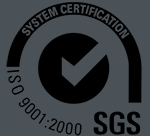Sugar belt conveyor
What is Sugar belt conveyor?
Sugar belt conveyors, with their unique structure and operating method, play a vital role in sugar production and food processing. This type of equipment offers diverse functionality, enabling not only horizontal or inclined material transport but also a wide range of types, including mobile conveyors to adapt to changing operational requirements, telescopic conveyors with flexible length adjustments, and food-grade conveyors designed for food safety. In practice, some common models can handle hundreds of tons of material per hour, with conveying distances ranging from a few meters to hundreds of meters, meeting diverse needs, from internal transfers within a factory floor to connecting to large-scale storage systems.
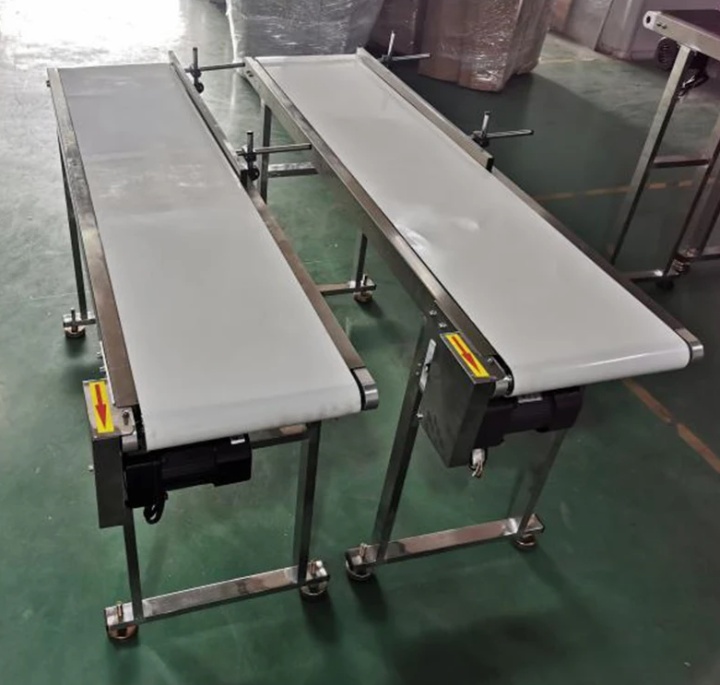
What are the types of sugar belt conveyors?
Sugar belt conveyors can be categorized into various types based on their function, structure, and application environment. The following are the main types:
Mobile Belt Conveyor
Features: This type of conveyor is typically equipped with wheels, allowing for easy movement between different work locations. The conveyor is relatively lightweight and equipped with a height-adjustable lifting mechanism.
Application: Primarily used in applications requiring frequent changes in work location. For example, in sugar factories, warehouses, or docks, it can unload sugar from trucks, train cars, or ships into storage piles, or load it from storage piles onto transport vehicles. Its flexibility makes it particularly useful for temporary or periodic material handling tasks.
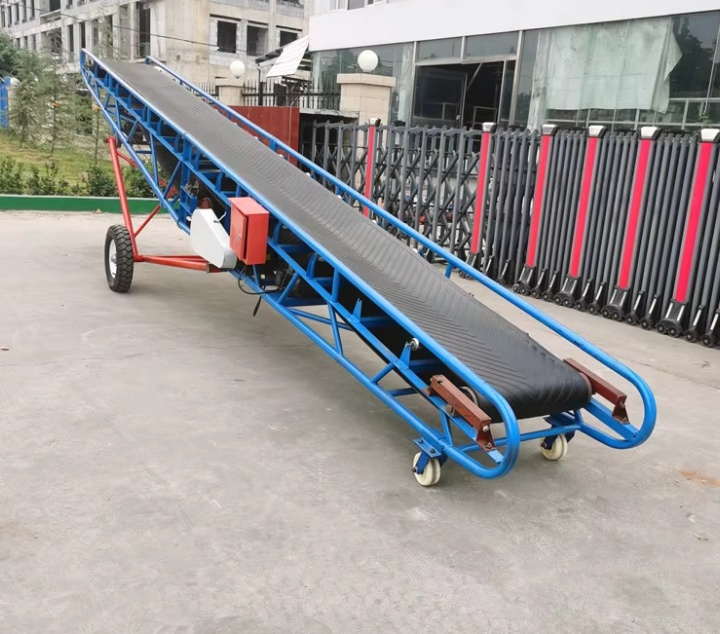
Telescopic Belt Conveyor
Features: A telescopic conveyor has a retractable body that can be extended or retracted like a telescope. It primarily consists of fixed and retractable sections, with motors controlling the conveying length.
Application: This type of conveyor is particularly suitable for conveying materials to a specific location at a variable distance from the conveyor inlet. For example, when loading and unloading boxed sugar in a warehouse, it can be extended directly into a container or truck, eliminating manual handling and significantly improving loading and unloading efficiency.

Food-Grade Belt Conveyor
Features: Food-grade conveyors are designed for the food industry, and all material-contacting components must meet strict hygiene standards. Conveyor belts are typically made of non-toxic, oil-resistant, easy-to-clean PU or PVC materials, which are also corrosion-resistant and wear-resistant. Frames are often constructed of stainless steel to prevent rust and bacterial growth.
Application: These conveyors are core equipment in sugar refineries' production lines, packaging lines, and finished product warehouses. They transport bulk sugar, sugar cubes, candies, and packaged finished goods. Because powdered sugar easily absorbs moisture and adheres to food safety regulations, food-grade conveyors are often designed with easy cleanability in mind to ensure product contamination and compliance with food safety regulations.
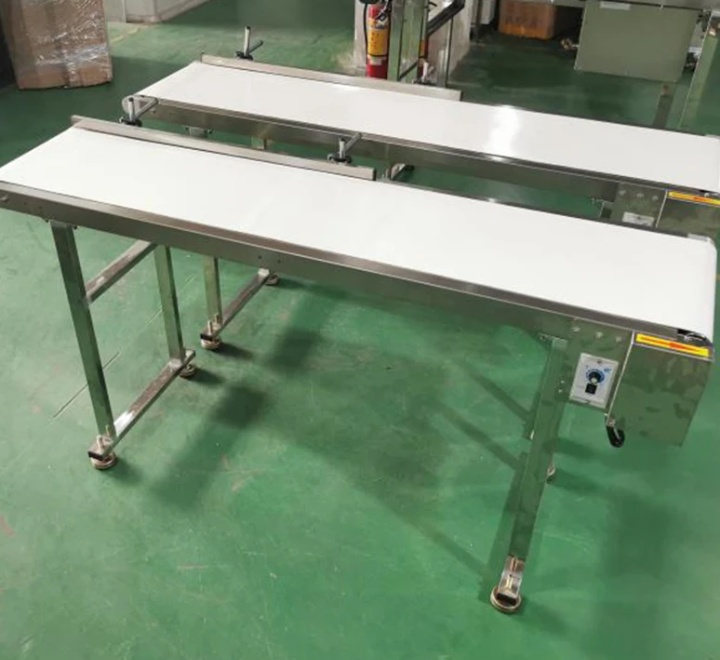
What are the advantages of sugar belt conveyors?
Sugar belt conveyors are conveying equipment designed for sugar handling and play an indispensable role in sugar production. These conveyors can smoothly and reliably transport sugar in various forms. Their unique design and operation offer significant advantages in ensuring product quality and optimizing production management, such as ensuring product integrity and purity, and improving operational stability and flexibility.
Gentle handling: Sugar belt conveyors utilize a continuous belt for conveying, avoiding the impact and compression associated with traditional mechanical conveying methods. This gentle handling method minimizes breakage and pulverization of sugar granules, maintaining the integrity of the finished sugar crystals, which is crucial for ensuring product appearance and solubility.
Prevents cross-contamination: The smooth and easy-to-clean belt surface effectively prevents mixing of different batches or types of materials during conveying. Furthermore, the enclosed structure isolates external impurities such as dust and debris, ensuring the purity of the sugar and meeting the high hygiene standards required for food production.
Continuous and stable operation: The belt conveyor ensures continuous material transportation, regardless of batch intervals, ensuring uninterrupted production line operation. This stable operation helps smooth production cycles, reduces downtime caused by material interruptions, and improves overall production efficiency.
Highly adaptable: The equipment can adjust conveying speeds according to production needs and can adapt to conveying routes of varying slopes and even curves, greatly increasing production line layout flexibility. This allows companies to freely plan conveying routes based on existing plant space and process flows, optimizing production space utilization. Easy Maintenance and Operation: The sugar belt conveyor's relatively simple structure facilitates routine inspection and maintenance. The modular design of key components makes replacement and repair easier, reducing the need for specialized technicians. Furthermore, its intuitive automated control system allows workers to master it with minimal training, reducing labor costs and operational complexity.
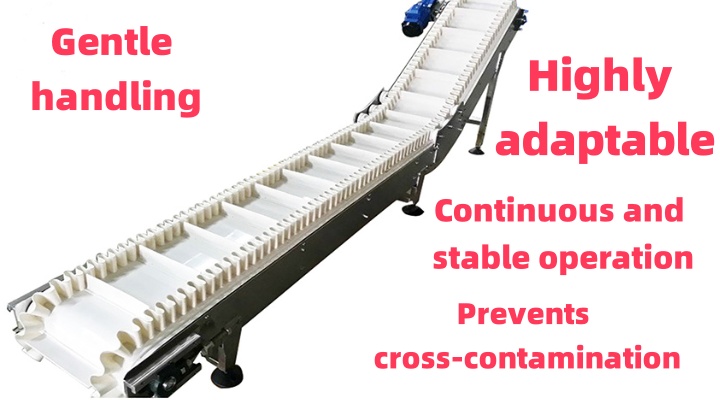
Sugar Belt Conveyor Parameters
|
Belt width (mm) |
Conveying length(m) Power(kw) |
Conveying speed (m/s) |
Conveying amount (t/h) |
||
| B400 | ≤10 | 12-15 | 5-30 | 1.25-2.0 | 30-60 |
| 3 | 3-4 | 4-7.5 | |||
| B500 | ≤10 | 12-15 | 15-30 | 1.25-2.0 | 40-80 |
| 3 | 4-5.5 | 5.5-7.5 | |||
| B650 | ≤10 | 12-15 | 15-30 | 1.25-2.0 | 80-120 |
| 4 | 7.5 | 7.5-11 | |||
| B800 | ≤10 | 12-15 | 15-30 | 1.25-2.0 | 120-200 |
| 4 | 7.5 | 7.5-15 | |||
| B1000 | ≤10 | 10-20 | 20-40 | 1.25-2.0 | 200-320 |
| 5.5 | 7.5-11 | 11-22 | |||
| B1200 | ≤10 | 10-20 | 20-40 | 1.25-2.0 | 290-480 |
| 7.5 | 7.5-15 | 15-30 | |||
| B1400 | ≤10 | 10-20 | <20-40 | 1.25-2.0 | 400-680 |
| 11 | 15-22 | 22-45 | |||
| B1600 | ≤10 | 10-20 | <20-50 | 1.25-2.0 | 600-1080 |
| 15 | 22-30 | 30-75 | |||
| B1800 | ≤10 | 10-20 | <20-50 | 1.0-2.0 | 200-1500 |
| 18.5 | 30-45 | 45-110 | |||
| B2000 | ≤10 | 10-20 | <20-40 | 1.0-2.0 | 1000-2000 |
| 22 | 45-55 | 55-132 | |||
| B2400 | ≤10 | 10-20 | <20-40 | 1.0-2.0 | 1500-3000 |
| 30 | 55-75 | 75-185 | |||
What are the Applications of Sugar Belt Conveyors?
Sugar belt conveyors are used throughout the entire production line, from raw material handling to finished product packaging. Due to the stringent hygiene, integrity, and purity requirements of sugar, these conveyors, with their unique design and advantages, have become essential equipment in the sugar industry.
Raw Material Handling and Processing: In the early stages of the sugar production process, sugar belt conveyors are used to continuously transport large quantities of raw materials, such as sugarcane or sugar beets. They transport raw materials from fields or storage areas to the washing and pressing processes. In this process, conveyors typically require strong load-bearing capacity and wear resistance to handle large quantities of abrasive materials.
Intermediate and Finished Product Transport: Within sugar refineries, sugar belt conveyors are widely used to transport a variety of intermediate and finished products. For example, in the conveying of sugar liquid and syrup, specially designed conveyors are used in certain process steps to transport pre-crystallized sugar liquid or syrup, ensuring smooth material flow. Conveying crystallized sugar is a common application for sugar belt conveyors. They are used to transport crystallized raw or refined sugar from equipment such as centrifuges and dryers to storage silos or packaging areas. Because sugar crystals are fragile, smooth belt operation is crucial to maintaining product integrity. For the conveying of finished products such as granulated sugar and sugar cubes, conveyors can precisely control the conveying speed and deliver the products to packaging machines for automated packaging.
Packaging and shipping: At the end of the production line, sugar belt conveyors often work in conjunction with other equipment (such as weighing machines and packaging machines) to complete the final packaging process. They can transport bagged or boxed sugar of varying specifications to palletizers or directly to trucks, significantly improving shipping efficiency. Furthermore, some conveying systems incorporate inspection capabilities to perform quality checks on products during transportation, ensuring a high rate of qualified products before shipment.
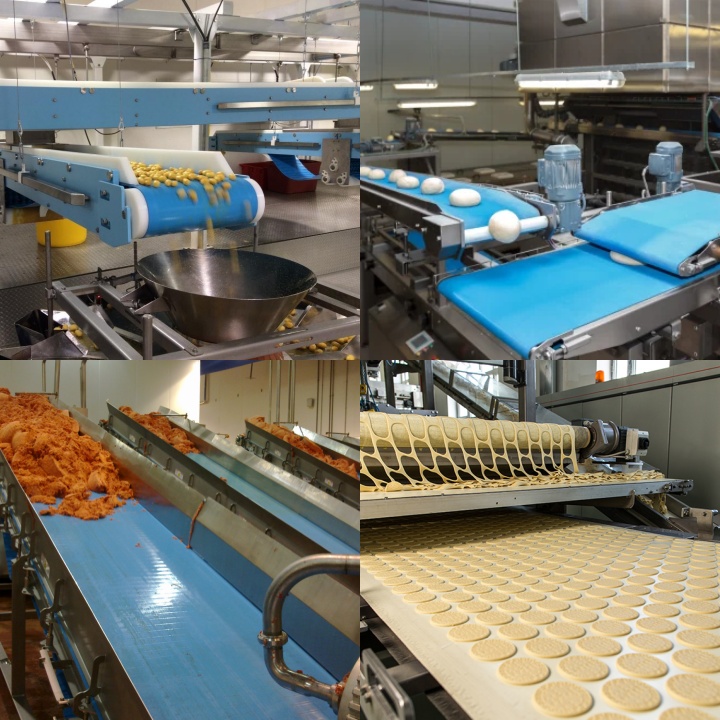
Sugar belt conveyors have proven their maturity and reliability in meeting specific material handling requirements in real-world production. Whether handling fragile crystallized sugar or requiring clean environments, these devices provide a stable and compliant solution. Their diverse range of options and customizable parameters allow them to seamlessly integrate into existing production lines, becoming a key node in material flow.
